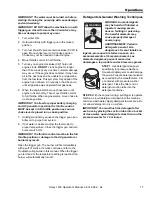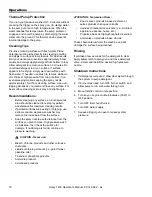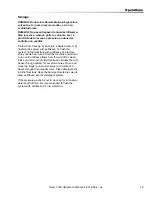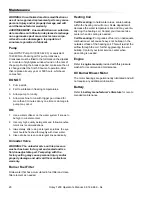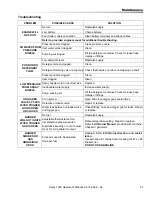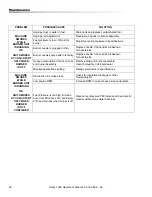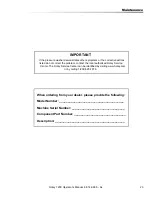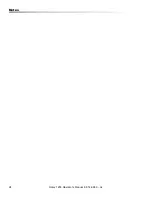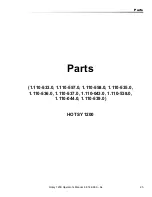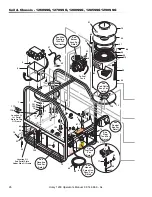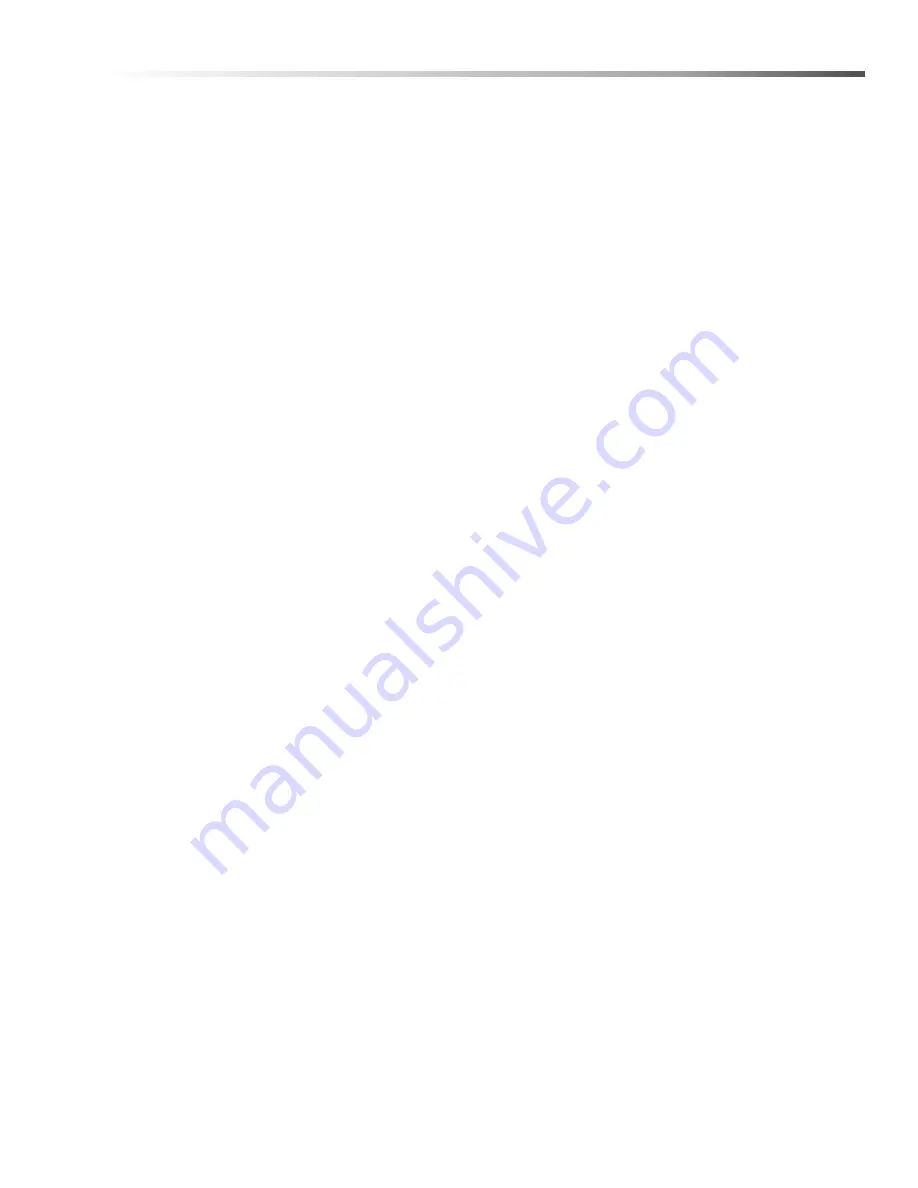
15
Operations
Fuel Pressure Adjustment:
To adjust fuel pressure, First install a pressure gage
into the port just after the pump fuel exit. Turn the
adjusting screw (located at the regulator port)
clockwise to increase, and counterclockwise to
decrease. Do not exceed 200 psi or lower the pressure
below 130 PSI, when checked at the post-pump
pressure port.
The fuel pressure may need to be adjusted due to
altitude. For every 500 ft altitude above sea level, the
boiling point of water goes down 1 °F. At high altitude
environments, this boiling point change may require the
heat input to be lowered so the water input does not
turn to steam earlier than at the factory settings and
activate the pressure sensors and pressure relief
equipment when the unit is operated and much higher
altitudes from factory settings or local dealer site
settings. Check with your dealer before making local
site fuel pressure adjustments.
Also, as ambient temperature changes seasonally, the
fuel temperature in the feed tank and air temperature
inlet can impact fuel flow. In more extreme tempera-
tures, this local-site adjustment may also require
different fuel nozzles for fuel inlet temperatures that are
at seasonal extremes (higher or lower) in locations
where the temperature changes are beyond moderate
temperatures of between 40°F and 90°F. Colder
temperatures will make for a thicker flow and less fine a
fuel spray while hotter temperatures will make for a
thinner flow a more fine spray with the same nozzle.
Consider alternate nozzle configurations from the
baseline factory-supplied nozzle for operating in such
temperature extremes if performance is not meeting
needs with air band and fuel pressure settings alone.
NOTE: When changing fuel pump, a by-pass plug
must be installed in return line port or fuel pump will
not prime.
CAUTION: If white smoke appears from burner
exhaust vent during start-up or operation, discon-
tinue use and readjust air bands.
ATTENTION: Si de la fumée blanche s'échappe de
l'évacuation du brûleur pendant le démarrage ou le
fonctionnement, cesser d'utiliser et réajuster les
bandes d'air.
NOTE: If a flue is installed, have a professional
serviceman adjust your burner for a #1 or #2 smoke
spot on the Bacharach scale.
Gasoline Engine
This gasoline engine is preset for operation at altitudes
below 3000 feet above sea level. If operated at higher
altitudes, it may be necessary to install a high altitude
main jet in the carburetor. Contact an authorized engine
sales and service center for details.
Water Supply
This machine is designed to be connected to a pressur-
ized (20 to 100 PSI) water supply, capable of main-
taining a minimum of 6.0 GPM. If it is necessary to use
a gravity feed water tank, the following plumbing modi-
fications will be required.
A 1/2" NPT 3-way ball valve will need to be installed in
the water inlet line.
Hotsy recommends the use of Watts
Regulator Valve #1/2 B6780 M1 (Hotsy P/N 921363)
for this application. With this valve in place this machine
will be capable of using both a pressurized or gravity
feed water supply without additional modifications. For
proper operation it is important that the valve be fully
open for its intended supply. This will prevent air from
being drawn into the system from the non active
source. Also the pressure supply must still be
connected to the float tank. The connection of a pres-
surized supply directly to the 3-way valve will prevent
detergent from being drawn into the system.
Hotsy 1200 Operator’s Manual 8.914-366.0 - AL

















